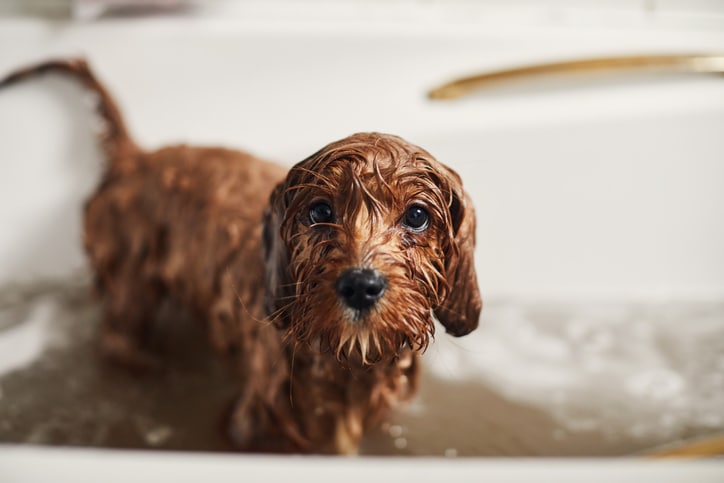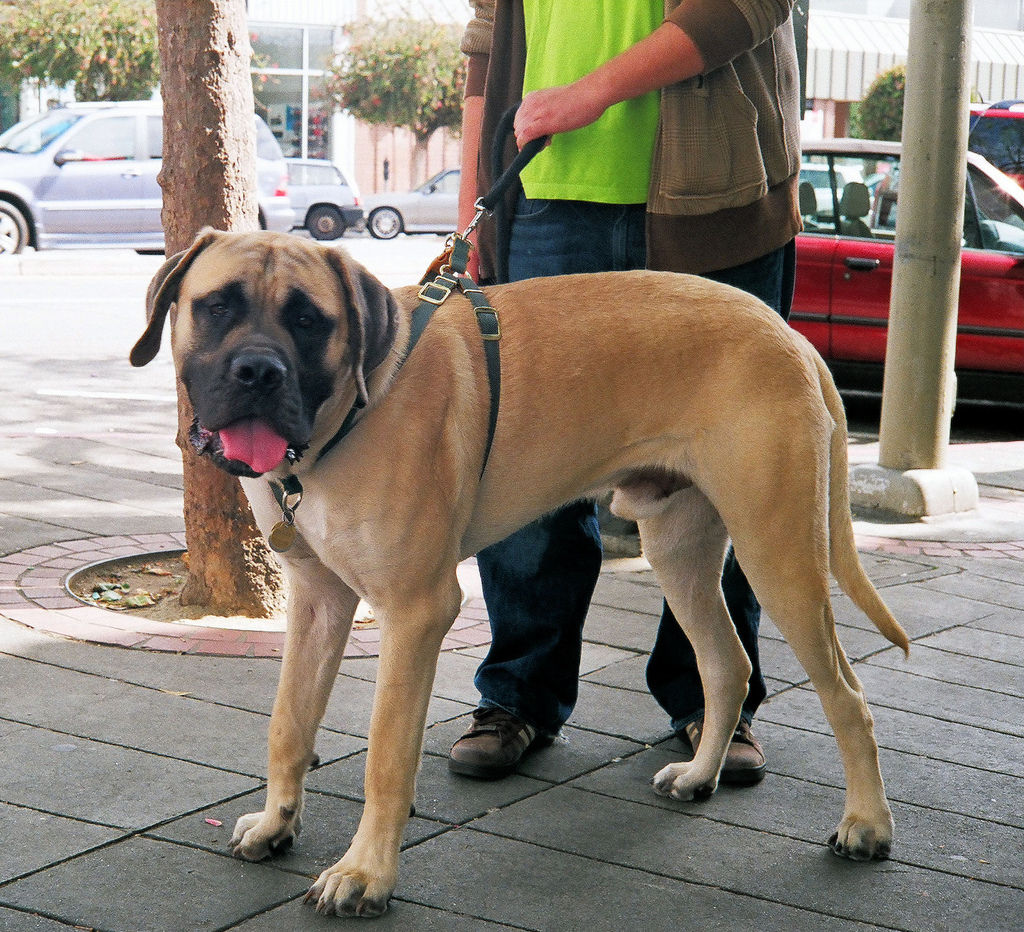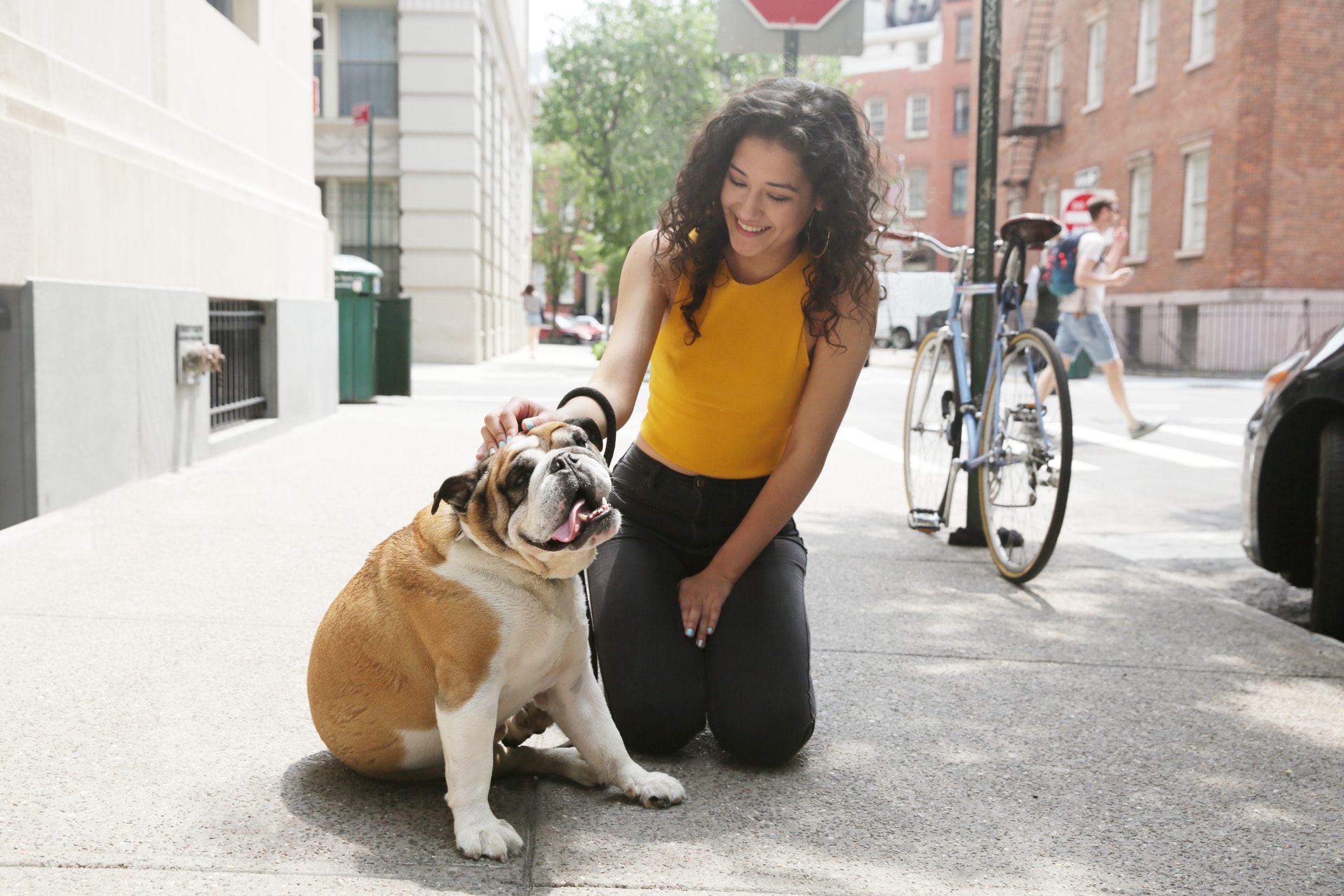When you bring your puppy home for the first time, you’re filled with questions – and those furry little guys don’t come with an instruction manual. One of the biggest questions dog owners have about the care of their pet: How often do you need to give your dog a bath? The answer: Every dog is different, and depending on breed, fur length and a variety of other factors, your new friend has unique needs when it comes to staying fresh.
We spoke to experts and pet owners to get the scoop on how to figure out the right bathing frequency for a dog. Here’s what they had to say.
Factors that affect how often you bathe a dog
Bathing is important to promote hygiene, to remove dust and allergens such as pollen from your dog’s fur and to prevent skin problems by keeping the skin free of bacteria. But really … how frequently should your dog be bathed?
There are several factors to take into consideration, says Dr. Nicole Savageau, a veterinarian with The Vets in Austin, Texas.
The dog’s breed
The first thing to consider, Savageau says, is your dog’s breed. “Dogs with oily coats, such as basset hounds, may need to be bathed more often than dogs with dry coats, such as Siberian huskies,” she says. “Dogs with sensitive skin, such as bulldogs, may need to be bathed less often to avoid skin irritation.”
Length of dog’s coat
The length of your dog’s fur comes into play, too, Savageau says, as dogs with long hair may need more frequent bathing to prevent matting and tangling of the coat.
In fact, many dog owners use bathing to deal with issues like shedding.
“Our 2-year-old golden mountain dog really only gets bathed/groomed to deal with shedding or if the backyard is a muddy mess,” says Amy K. “Maybe four times a year? He’s never smelled. He’s brushed regularly and we get his nails clipped. But he has a beautiful coat with no issues. The same goes for our sheltie and our dachshund, although he tends to be the one with the Frito feet.”
“We don’t bathe unless they get sprayed by a skunk or get really muddy,” says Sarah W. of her golden mountain dog Franky and lab mix Lucy. “But we live by the lake, and they are in lake water at least one time a week.”
It’s not uncommon for some pet owners to substitute dips in lakes or pools or even snow baths for actual baths.
Other things to factor in when deciding how frequently to bathe your dog:
- Activity level: Dogs that spend more time outside playing, especially in the dirt and the mud, will need to be bathed more often.
- Age: Because puppies and senior dogs have a harder time regulating their body temperature, they may need to be bathed less frequently (that said, puppies have a tendency to get dirty!)
- Health issues: “Dogs with certain health conditions, such as allergies or skin infections, may need more frequent baths to manage their symptoms,” says Savageau. “However, it’s important to consult with a veterinarian before increasing bathing frequency, as over-bathing can worsen some conditions.”
Your tolerance level for dog scent
There’s one other factor that may come into play, and that’s how much dog smell you can handle while living in close quarters with your pup.
“Since dogs live with us humans and share our lives so intimately, there is the simple and obvious issue of BO (body odor),” says Dr. Regina Watters, a veterinarian in Winston-Salem, North Carolina. “I’m sure that the dogs have very much more to complain about on their side, but pet parents have their own level of scent tolerance,” she says. “It is amazing that some people love ‘puppy breath/odor,’ and others can’t stand it.”
Watters suggests, “using a shampoo made especially for dogs/pets and using it with a frequency appropriate to each individual dog’s body odor and pet parents scent tolerance can be very important to the human/animal loving bond.”
Potential problems with overbathing
It’s definitely better not to overbathe your dog, as this can actually create other problems, according to Savageau. These issues may include:
- Skin irritation: Too-frequent baths can strip the natural oils from your dog’s skin, leaving it dry and itchy.
- Coat damage: Too many baths can make your dog’s coat brittle and prone to breaking, leading to matting and tangling of the coat.
- Allergic reactions: Some dogs may be sensitive to the shampoos or soaps used during bathing, which can increase the risk of allergic reactions, from redness to itching to hives.
- Increased oil production: When natural oils are stripped from their skin, their body may produce more oils to compensate, making their coat feel greasy and smelly.
- Stress: Some dogs don’t enjoy being bathed and can become stressed or anxious during the process.
Signs your dog needs a bath
Even trying not to overbathe your canine, you’ll have to scrub them down from time to time. So how can you tell when your pet needs a bath?
“Most of the time, it’s simple,” says Watters. “Just use your nose or your eyes if you smell or see your dog covered in muck.”
Savageau offers a few other tips for telling when it’s bathtime:
- Is your dog starting to pick up smells from their environment? A bath will definitely help.
- If your dog is visibly dirty or has debris such as mud, grass or twigs stuck in their coat, it might be time for a bath to clean their fur.
- Dogs with oilier coats may start to look greasy or unkempt between baths.
- If your dog is scratching or itching frequently, this can be a sign of skin irritation or allergies to irritants that a bath would remove.
It’s important to understand that “Dogs generally don’t ‘need’ baths unless they have underlying medical problems,” according to veterinarian Dr. Paula Simons in Stamford, Connecticut. “Bathing dogs provides us more of a benefit than it does for them, but we do it so we can eliminate any offensive smells.” She adds, “Bathing is only really necessary when their coats become heavily soiled with dirt, fecal material or urine.”
The case for dog shampoo
So what kind of shampoo should you use when bathing your dog? Can you use a human shampoo?
“It is important to use a shampoo that is specifically formulated for dogs when bathing your pet,” says Savageau. “Human shampoo is not recommended for use on dogs because it is formulated for human skin, which has a different pH level than a dog’s skin. Using human shampoo can disrupt the balance of natural oils on your dog’s skin, leading to dryness and irritation.”
“Some dogs with skin conditions require frequent bathing to keep yeast and bacteria at bay,” explains Watters. “In these cases, a prescription shampoo should be used.”
Should your dog have a specific skin condition, Savageau adds, you should consult with your veterinarian about the right shampoo to use.
The bottom line on dog bath frequency
If none of that answers the straight-up question of how often you should bathe your dog, the answer for most breeds is somewhere between 6 to 10 weeks, keeping in mind all the above considerations. Nobody wants a dirty dog!





